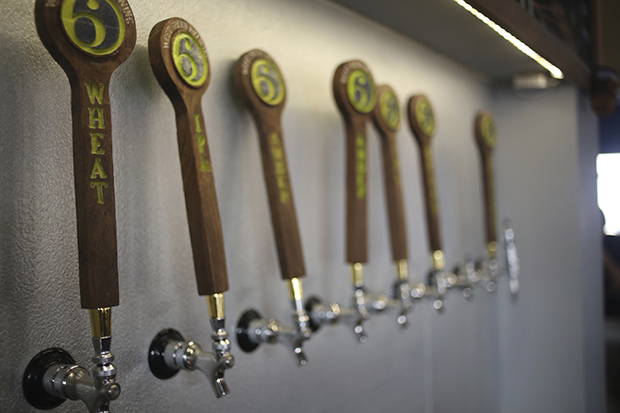
Solar-heated water and solar-powered pumps; hot-air blowoffs used to heat re-purposed buildings; C02 capturing systems; kegging vs. canning vs. bottling; spent grain use; “green roofs” with rain collection and gravity-fed brewhouses.
It’s all a question of sustainability. Now, another important question to factor: does that push toward “being green” add more green to the bottom line while keeping up the intended quality?
The trade off between improving quality and being environmentally sound can weigh on the mind of a brewery owner or manager. An upfront cost may be higher when it comes to having a more sustainable brewhouse, but West Sixth Brewing’s Ben Self said it can be worth it.
“Sometimes being environmentally friendly is more expensive,” Self, a founder of the Lexington, Kentucky brewery admitted, “but to me that’s a trade off that is certainly worth making.”
Self added that from the beginning, West Sixth prioritized the environment in every decision. From rehabilitating an older building rather than build from scratch to minimize construction waste, to the decision to can, to our partnership with a neighboring aquaponics farm, it strives to be as environmentally-friendly as possible.
“We depend on the environment to produce all of the ingredients for our beer,” Self noted.
Some say that trade off for quality vs. cost is there, but it’s negligible. “There is some give and take,” said Worth Brewing’s Tyler Trenhaile.
One of the smallest breweries in the country that opened in 2007 in Northwood, Iowa, Trenhaile, the retail manager for the brewery explained that Worth’s expansion up to a seven-barrel system (from a 10-gallon setup) in December 2015 included moving across the street to a building originally built in 1896.
Re-purposing the lumber inside and using the fixtures and plumbing while upgrading to hi-efficiency standards and using LED lighting all around were keys to the re-build, while not adding to the urban sprawl. “We did save a lot of money in that we re-purposed the building,” he said. “The size and look of it would have cost so much.”
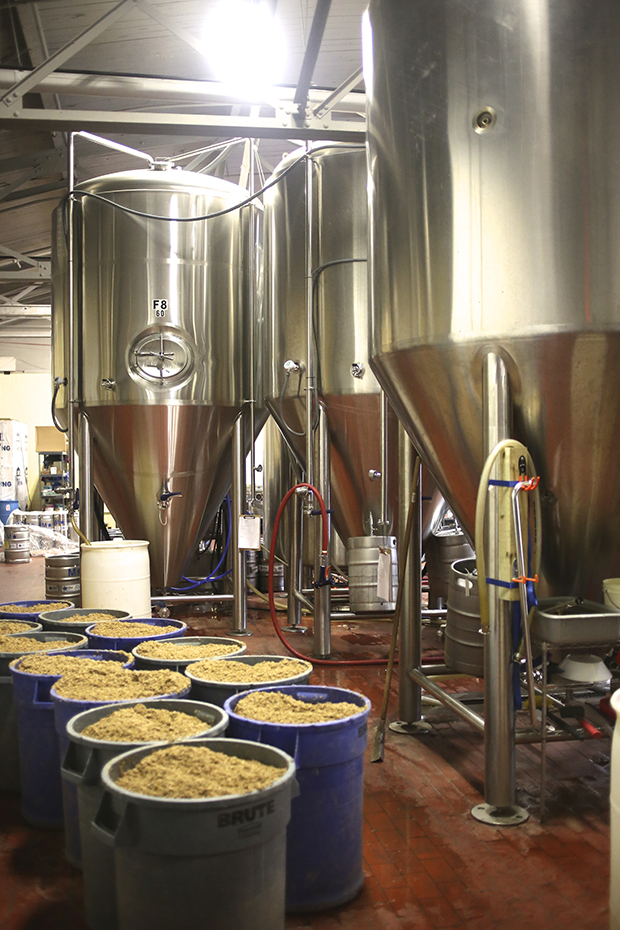 Trenhaile noted that the brewpub will be recirculating the air through the building, with hot air from the brewing process and kitchen being used to heat the taproom. They also wanted a green roof, but couldn’t do it because of laws in the state and the age of the roof. Iowa doesn’t allow for net metering so the brewery couldn’t have solar panels on the roof because it’s not stable enough. They had hoped to add rain water recovery as well and are hoping to work with legislators to improve the laws in the future.
Trenhaile noted that the brewpub will be recirculating the air through the building, with hot air from the brewing process and kitchen being used to heat the taproom. They also wanted a green roof, but couldn’t do it because of laws in the state and the age of the roof. Iowa doesn’t allow for net metering so the brewery couldn’t have solar panels on the roof because it’s not stable enough. They had hoped to add rain water recovery as well and are hoping to work with legislators to improve the laws in the future.
“Most of the environmental stuff for us was a no-brainier,” Trenhaile said. “It’s going to take time. None of these will have an immediate impact on our bottom line.”
He also mentioned that Worth pays attention to not just the benchmarks set by the Brewers Association, but the brewery works closely with the University of Northern Iowa’s Waste Reduction Center to stay on the edge of sustainability. “It’s almost a game for us in how much we can improve over time,” he said.
There’s almost never a wrong way to be more green. Using water multiple times, as a cooling agent and then as a cleaning product is common. Giving spent grains to farms is another. Leah Dienes and her partners opened Apocalypse Brew Works in Louisville, Kentucky in 2012 with the intention of being sustainable, including with their first unofficial hires for employees.
Opening in 2012, Dienes noticed that her storage facility was having a mice problem. Enter the first two “full-time” employees: Hiro and Saki. Apocalypse utilized the local humane society’s working cats program.
“I want their job,” she said with a laugh. “They hang out in the office, they meet and greet with customers.”
Apocalypse uses a solar hot water system that is so effective they usually have to cool the water down before using in the mash during the summer, where the temperature on the roof holding tank can reach 300 degrees.
“Even in the winter we’re getting 130 off the roof,” Dienes noted of the brewery that is expanding from a 3.5-barrel system up to a 10-barrel setup for 2016 production.
Apocalypse started, though, with two steam-jacketed kettles that were from the 1960s, and they conserve water as much as possible, including taking the chilling water off one batch and adding it to the mash of another. “We are doing our small part,” she said. “It was something we wanted to do and we look for others ways when we can.”
Although they are not using all the tools available to them because of the size they are and the cost it would include, like recapturing CO2, scrubbing it and using it back in the beer at bottling, Dienes says that she loves to hear the ways breweries are finding ways to improve sustainability.
“The bottom line is breweries want to make money,” she said. “Depending on how much extra capital you have that you feel you can put into something like that. We always try to be as green as we can, but sometimes business dictates otherwise. If we can do more, we will,” she concluded.
Trenhaile said that sustainability is almost expected now by many patrons. “It’s part of the culture now. You really expect those things to be done,” he said. “As a business owner, people see their bottom line changing, but really brewers are really close to all the things they are using so they kind of have that hands-on approach and they want to be a part of the solution for this.”

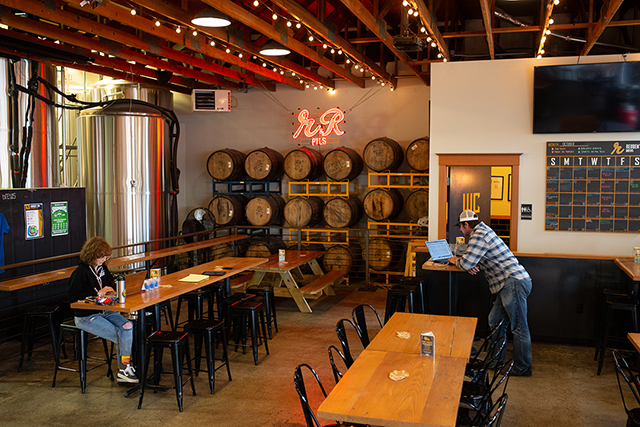
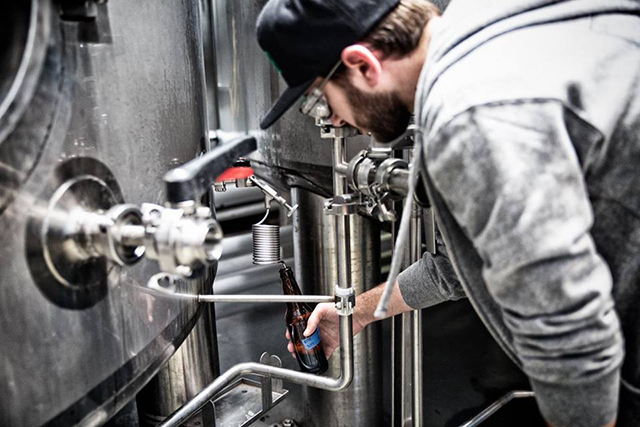
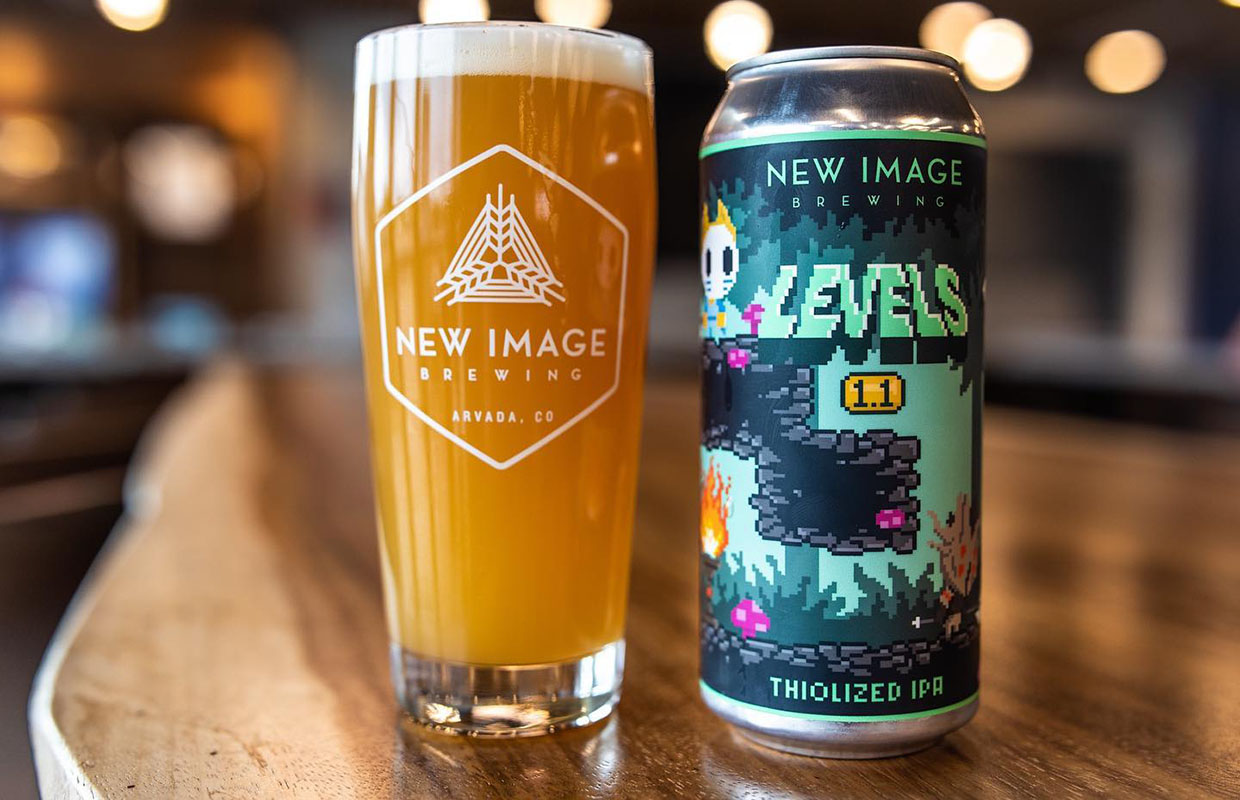
Be the first to comment